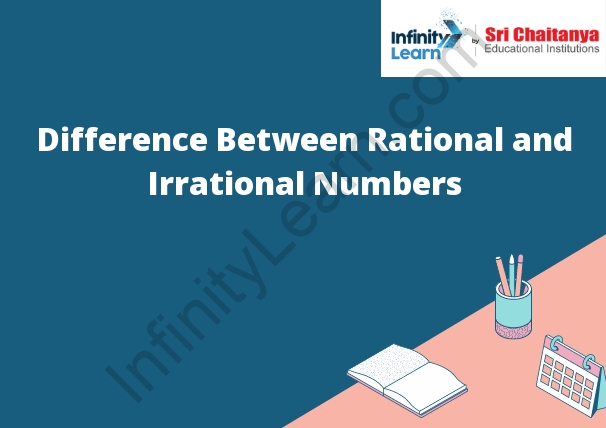Table of Contents
What are the Important Differences Between Rational and Irrational Numbers?
Rational numbers are those that can be expressed as a fraction, where the numerator and denominator are both integers. Irrational numbers are those that cannot be expressed as a fraction, and instead are expressed as a decimal that never ends and never repeats.

Rational and irrational numbers are two different types of numbers in mathematics.
A rational number is any number that can be expressed as the ratio of two integers (i.e., a fraction where the numerator and denominator are integers). For example, 1/2, 3/4, and 7/8 are all rational numbers. Rational numbers can be written as either terminating decimals (such as 0.25 or 0.75) or repeating decimals (such as 0.333… or 0.666…).
On the other hand, an irrational number is a number that cannot be expressed as the ratio of two integers. Irrational numbers are often represented by decimals that neither terminate nor repeat. For example, pi (π) and the square root of 2 (√2) are irrational numbers. The decimal representation of irrational numbers goes on forever without repeating in any discernible pattern.
In summary, the main difference between rational and irrational numbers is that rational numbers can be expressed as a fraction of two integers, while irrational numbers cannot.
Rational Number
Rational numbers are the set of numbers that can be expressed as a fraction, where the numerator (top number) and the denominator (bottom number) are both integers. For example, the fraction 2/3 is a rational number, as both its numerator and denominator can be expressed as integers.
Rational numbers are also known as “fractional numbers” because they can be expressed as a fraction. This makes them useful for measuring and comparing parts of a whole. For example, if you have a pizza that is cut into eight equal slices, each slice can be expressed as a fraction: 1/8 of the pizza. This makes it easy to measure how much of the pizza each person has eaten.
The set of rational numbers is important in mathematics because it is closed under addition, subtraction, multiplication, and division. This means that when you add, subtract, multiply, or divide two rational numbers, the result will always be a rational number.
In addition to the fractional form, rational numbers can also be expressed as decimals or in scientific notation. For example, the fraction 1/2 can be expressed as 0.5 in decimal form, or as 5×10^-1 in scientific notation. This makes it easier to work with them in calculations.
Rational numbers are also used in many aspects of everyday life, from measuring distances to calculating taxes. They are also used for measuring time, temperature, and other quantities.
In conclusion, rational numbers are an important part of mathematics, and they are essential for making calculations in many aspects of life. They are easy to work with, as they can be expressed in different forms, and they are closed under the four basic operations.
Irrational Number
An irrational number is a real number that cannot be expressed as a fraction or ratio of two integers. This means that the number cannot be written as a terminating or repeating decimal. Examples of irrational numbers include pi (3.14159…), square root of two (1.41421…), and e (2.71828…).
The concept of irrational numbers has been around since ancient times, although it was not until the work of Euclid and Pythagoras that it was fully understood. Euclid established that the side lengths of a right triangle cannot always be expressed as a ratio of two integers, leading to the conclusion that the square root of two is an irrational number. Later, Pythagoras proved that the same was true for any number that is not a perfect square.
Irrational numbers are important in mathematics because they are used to describe real-world concepts that cannot be expressed using rational numbers. For example, pi is used to calculate the circumference and area of circles, and the square root of two is used to calculate the diagonal length of a square. Irrational numbers are also important in the field of calculus, where they are used to calculate the area under the curve of a graph.
Irrational numbers are often represented using an infinite decimal. This is because the exact value of an irrational number cannot be determined. For example, pi can be written as 3.14159…, but the decimal continues infinitely and the exact value can never be determined.
In conclusion, irrational numbers are real numbers that cannot be expressed as a fraction or ratio of two integers. They are important in mathematics as they are used to calculate real-world concepts, such as the circumference and area of circles, and the area under the curve of a graph. They are often represented using an infinite decimal, as the exact value of an irrational number cannot be determined.







